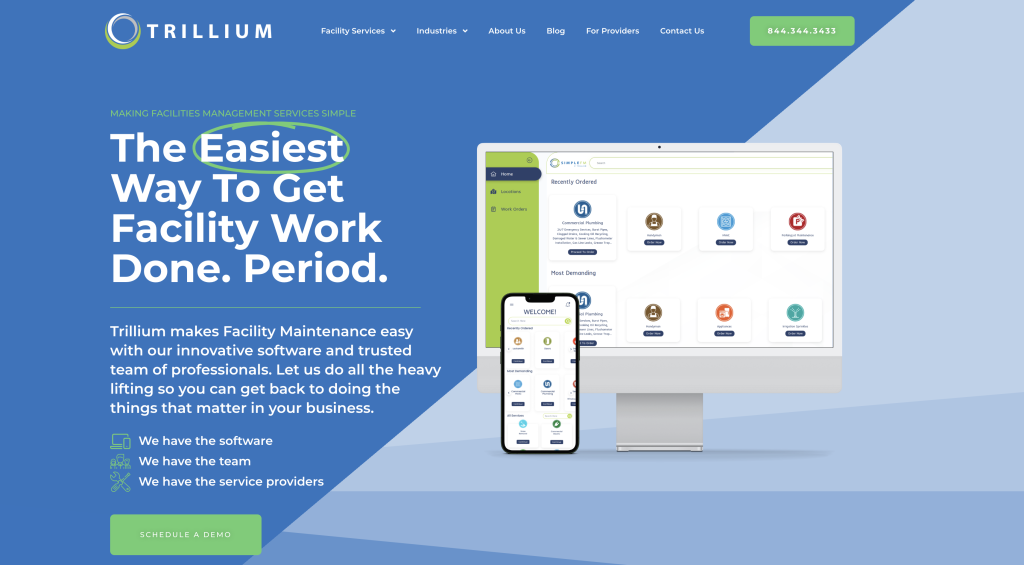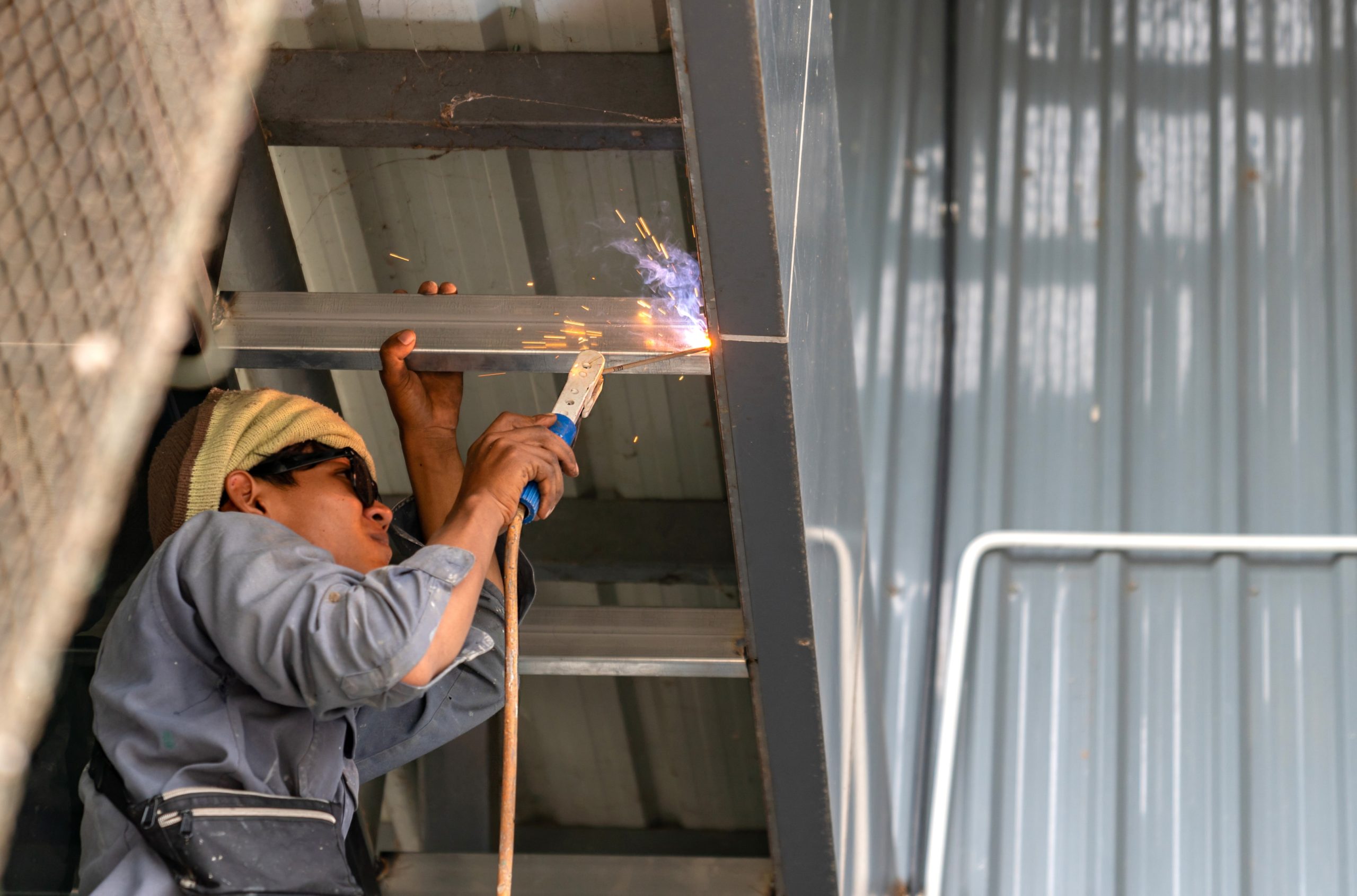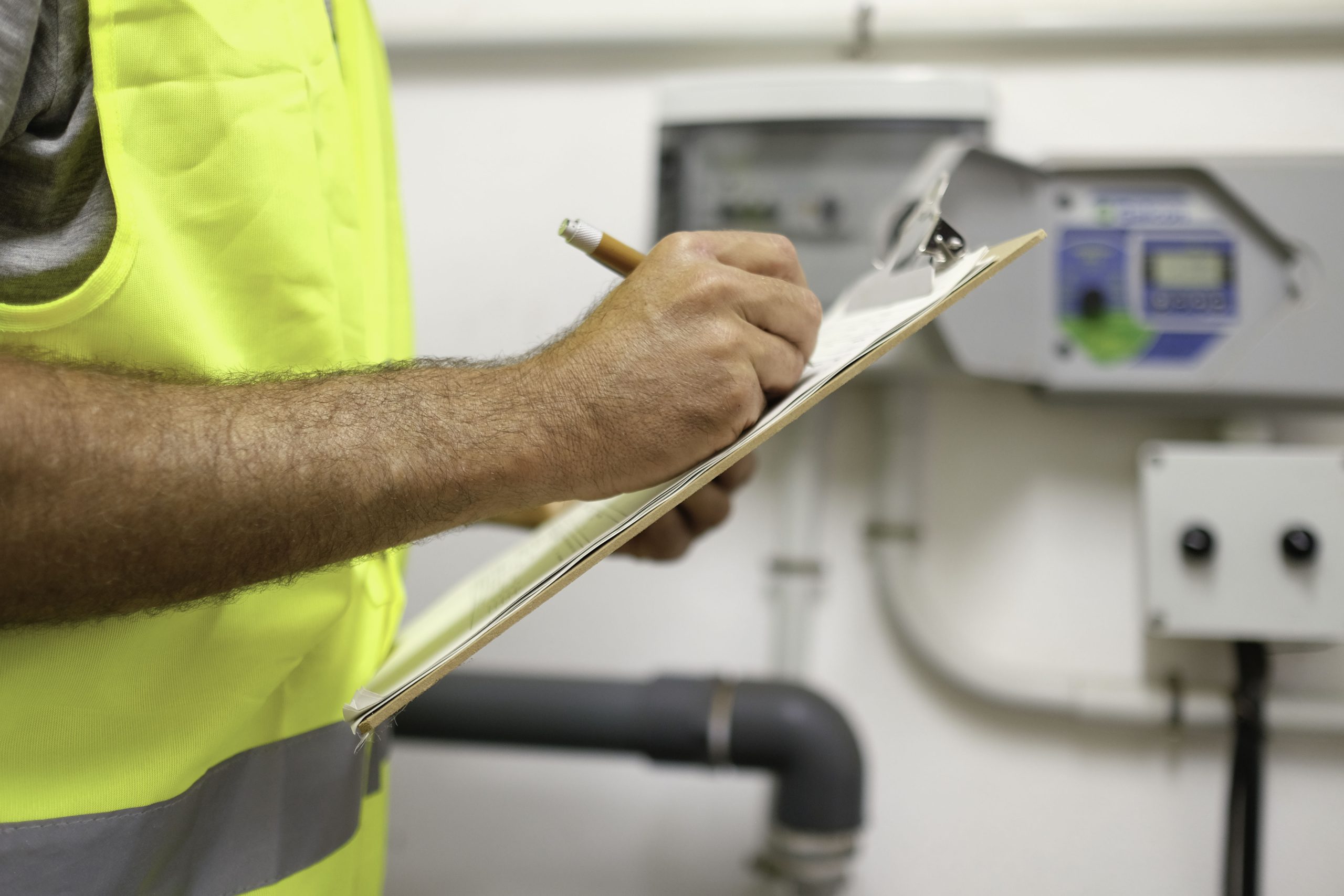You probably don’t think much about a cooling system that gives out in the middle of summer or a fire alarm that fails an inspection. Technical systems don’t just support your building. They run it.
Technical facility management is the part of building operations that handles all the behind-the-scenes systems you rely on daily. It’s the critical infrastructure that keeps your space functional, compliant, and open for business. Ignore it, and you’re inviting downtime, lost revenue, and expensive repairs.
This article breaks down what technical facility management includes. You’ll see where problems usually start and how to avoid them.
What Does Technical Facility Management Mean?
Technical facility management covers the critical systems that keep everything running in the background.
That includes your electrical infrastructure, HVAC units, plumbing lines, fire safety systems, and the automation systems that tie them together. These systems keep the building safe, functional, and up to code. If one fails, operations stop, and costs add up fast.
Strong management of your technical equipment supports day-to-day operations and protects your team from risk. Every component, from lighting protection systems to lifting equipment, needs scheduled technical inspections, real-time monitoring, and access to the right spare parts.
When you have full visibility into your technical systems, you can avoid the panic that comes from being blindsided.
What’s Actually Happening Behind the Scenes?
Most of the work that keeps a facility functional goes unnoticed. That doesn’t make it any less important. Your team constantly balances scheduled maintenance activities, urgent fixes, and safety checks to keep everything running smoothly.
This work protects your core business. It makes sure your entire technical infrastructure supports daily operations without disruptions. When you stay on top of tasks, you cut surprises and improve budget management.
Electrical Systems Need Consistent Checks
Your building relies on stable power. That means more than flipping breakers.
- Torque checks prevent loose connections from overheating
- Thermal scans catch hot spots before they lead to system failures
- Cleaning extends the life of panels and reduces fire risk
When these tasks are part of your routine, you improve energy management, reduce load strain on IT systems, and support cost savings across the board.
Fire Safety Needs Regular Testing and Clear Records
There’s no shortcut when it comes to code compliance. One missed test can leave your team exposed.
- Alarms and sprinklers need scheduled testing
- Documentation must match inspection cycles
- Battery and sensor swaps keep everything ready to go
This kind of attention helps maintain security and meets critical compliance requirements. It also shows inspectors you’re on top of every detail.
HVAC Maintenance Keeps Costs in Check
Temperature complaints can snowball into operational problems. Comfort affects employee well-being and even customer experience.
- Clean coils improve energy efficiency and reduce strain
- Refrigerant checks protect against system failure
- Thermostat tests make sure everything responds on cue
Small issues become big ones fast if you skip this work. Proactive HVAC maintenance goes a long way toward maintaining steady and predictable maintenance operations.
Automation Systems Still Need Human Oversight
Even smart systems need people behind them.
- Alerts flag shifts in airflow, humidity, or equipment load
- Updates to software solutions patch vulnerabilities and boost performance
These tools help you minimize downtime and track patterns across your building. But without someone managing them, automation just adds more noise.
Water Systems Need Checks You Can’t Afford to Skip
Leaks and pressure problems usually start small. By the time they’re obvious, they’re expensive.
- Flushing removes buildup
- Valve testing prevents drops in flow or pressure
- Backflow prevention protects drinking water
This is also where you make efficient use of your team’s time. Smart planning and regular maintenance cut waste and support long-term project management goals.
Who Keeps Technical Operations on Track?
Managing a facility takes teamwork. You may lead the charge, but you also have to know when to delegate and when to escalate tasks.
Don’t worry. You don’t have to do it all yourself. Most technical facility operations are shared across internal staff, trusted vendors, and outside experts.
Staying organized is part of the job, especially when you’re trying to balance preventive maintenance with unexpected corrective maintenance.
Facility Managers Keep the Operation Moving
You’re managing the maintenance process while dealing with compliance requirements, repair timelines, and scheduling.
Most days, you’re coordinating maintenance services, reviewing service history, and keeping vendors accountable. You’re also tracking inspections, usage reports, and master data that tie into everything from energy consumption to system lifespan.
That’s a lot to hold at once, and you still show up every day to get it done.
Technical Specialists Handle the Complex Jobs
Some maintenance tasks need hands-on expertise. That includes working on control panels, testing backup power, calibrating lightning protection systems, and fine-tuning building automation systems.
You know which tasks require backup. When it’s time to bring in certified techs, you need people who know the systems, understand safety regulations, and show up ready to work.
External Vendors Support the Work You Can’t Cover In-House
Even a strong team has limits. When schedules overflow or the task list grows, calling in external service providers helps cover everything without stretching your staff too thin.
A reliable vendor network like Trillium keeps the wheels turning. From handling video surveillance upgrades to coordinating planned repairs, you don’t lose momentum, and the work gets done right.
That’s a big deal when you’re trying to avoid higher costs from delayed response or unplanned failures.
Make Technical Facility Management Simpler With Trillium

Tired of chasing vendors, juggling work orders, and dealing with surprise breakdowns? Trillium gives you 24/7 support and access to over 6,000 vetted professionals across HVAC, electrical, plumbing, and more.
There are no contracts, no hidden fees, and no setup headaches. Use Trillium’s facility maintenance software to hire licensed technicians for regular inspections, emergency repairs, or your entire maintenance program.
The platform makes it easy to log a job with photos, set a priority, and track every update. The “green dot” system gives you real-time visibility into what’s happening, so you’re not stuck wondering if anyone showed up.
You can also sort vendors by trade, track work history, and manage your technical components in one place.
Start using Trillium for free!
FAQs About Technical Facility Management
What is technical facility management?
It’s the side of facility management that deals with your building’s systems like HVAC, plumbing, electrical, and fire safety. It focuses on keeping those systems running smoothly, safely, and within code through planned maintenance, inspections, and repairs.
What is a technical facilities manager?
A technical facilities manager oversees the operation and upkeep of mechanical and electrical systems inside a building. They handle service schedules, troubleshoot issues, and work with vendors to make sure everything is working the way it should.
What is technology in facilities management?
Technology supports facility teams by making it easier to monitor, track, and manage systems. Tools like building automation platforms, maintenance software, and internet of things (IoT) sensors help flag problems early and keep operations efficient.
What are the 4 pillars of facilities management?
Most teams break facility management into four main areas: people, processes, place, and technology. Technical facility management falls into the “process” and “technology” categories since it’s focused on keeping the building’s systems working and up to standard.









